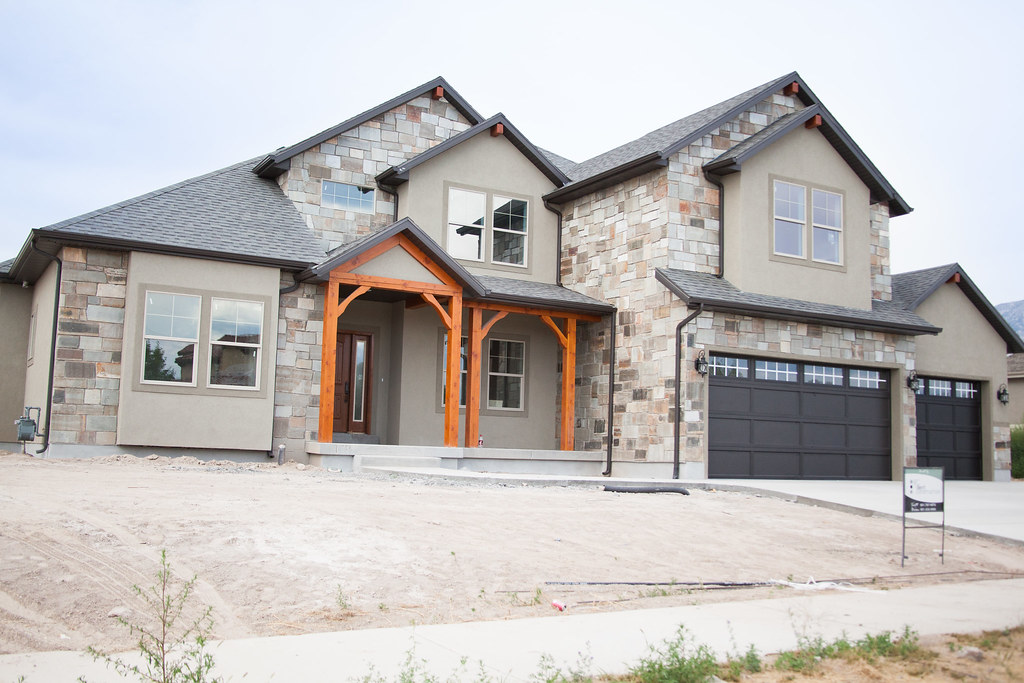HVACR New Home Installation Tips
Pre-owned or new construction, you should know about your home comfort system
Whether you’re moving into a newly constructed home or buying pre-owned, there are some things you should know about your heating and cooling system. How do you know if you have a viable, economic heating or cooling system, or an energy hog that will eat a hole in your budget? Many home buyers rely on the builder, but the fact is that many builders put in the least expensive units they can find with the minimum SEER.
New Home HVAC Installation Tips
- Find a contractor you can trust using our contractor locator and be sure to request a NATE-certified technician.
- Where will the thermostat be located? On an inside wall with plenty of air circulation is best.
- Is there plenty of access space around your heater or air-conditioner? If they are behind a door, is there adequate ventilation? Can they draw air easily, or is their air intake impeded?
- Are the systems equipped with insulated pipes? If not, is there easy to access drainage pans to avoid condensation build up that can lead to household mold and mildew affecting your indoor air quality?
- Are your heating and cooling systems equipped with easy to locate filters that you can change? Dirty filters diminish your system’s effectiveness and energy efficiency–and increase energy costs.
- Make sure the heating and cooling systems you install are adequate for your home. One that’s too small will strain and not heat or cool. One that’s too large won’t effectively remove moisture from “clammy air,” even though it may cool faster. An oversized unit will just run up your energy bill.
- Check your ductwork–is it insulated? No matter how “state of the art” your heating/cooling system is, if your ductwork is bad, it will diminish your system’s efficiency.
- Air flows best in a straight or curved line. It doesn’t “corner” well. Does your ductwork have smooth flowing curved fittings with turning vanes to guide the flow of air around sharp corners?
- Are your ductwork connections sealed? Is there mastic and tape around every joint? If not, air could be leaking out. Air leakage diminishes the comfort level of your home. Even if it’s well sealed, you will need to have it checked periodically because mastic may dry out and humidity and cold can affect tape sealant.
- Have your newly installed heating and cooling system inspected by an inspector from your municipality. This helps to protect your investment by ensuring your system was properly installed and is up to local codes.
Older Home HVACR System Tips
- Ask to see maintenance bills.
- Talk to contractors who worked on the system and ask them about its reliability.
- Pay for a heating or cooling contractor to do a thorough check up—just as you would if buying a used car. Have them evaluate the system—and the cost might save you bigger bucks down the road.



